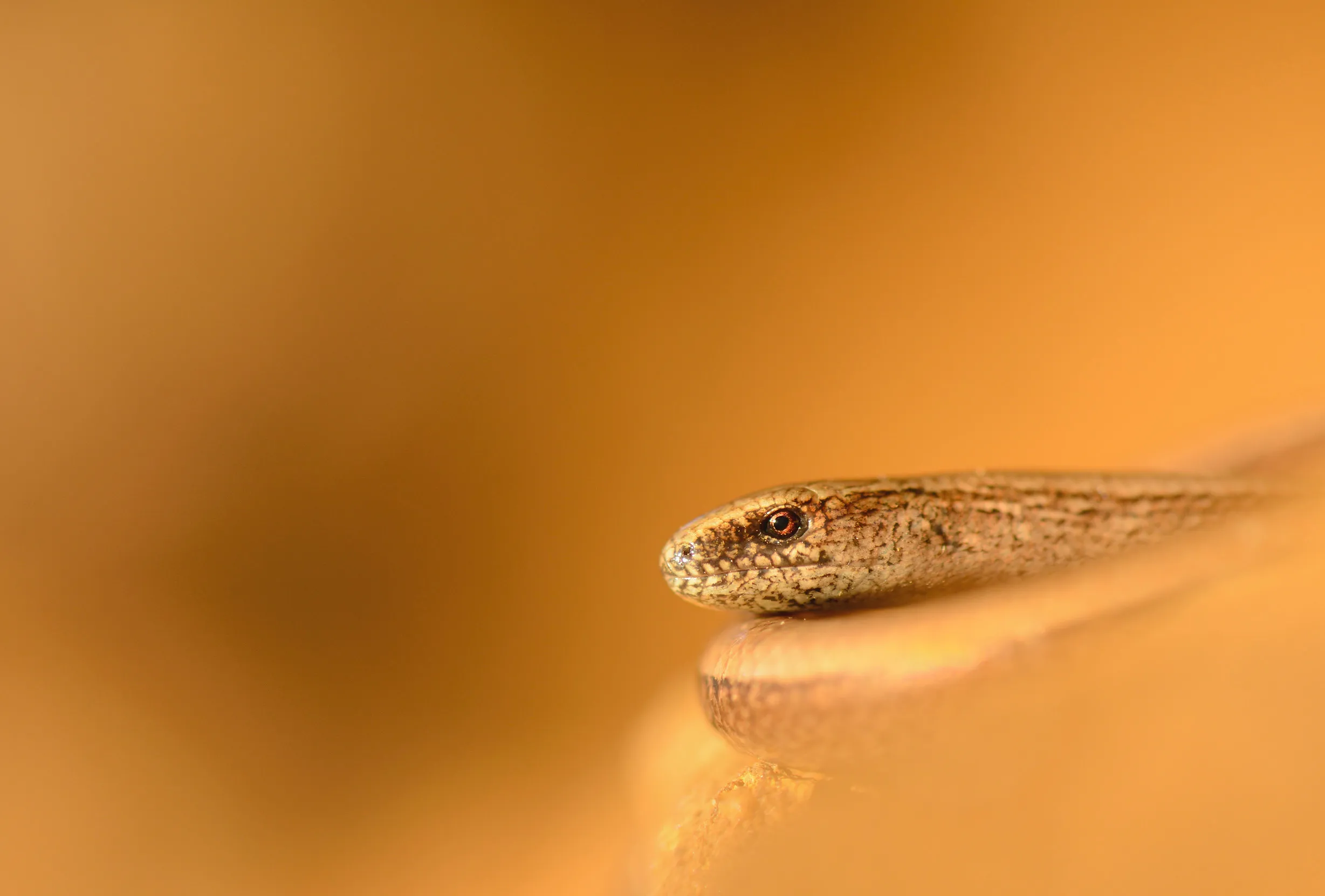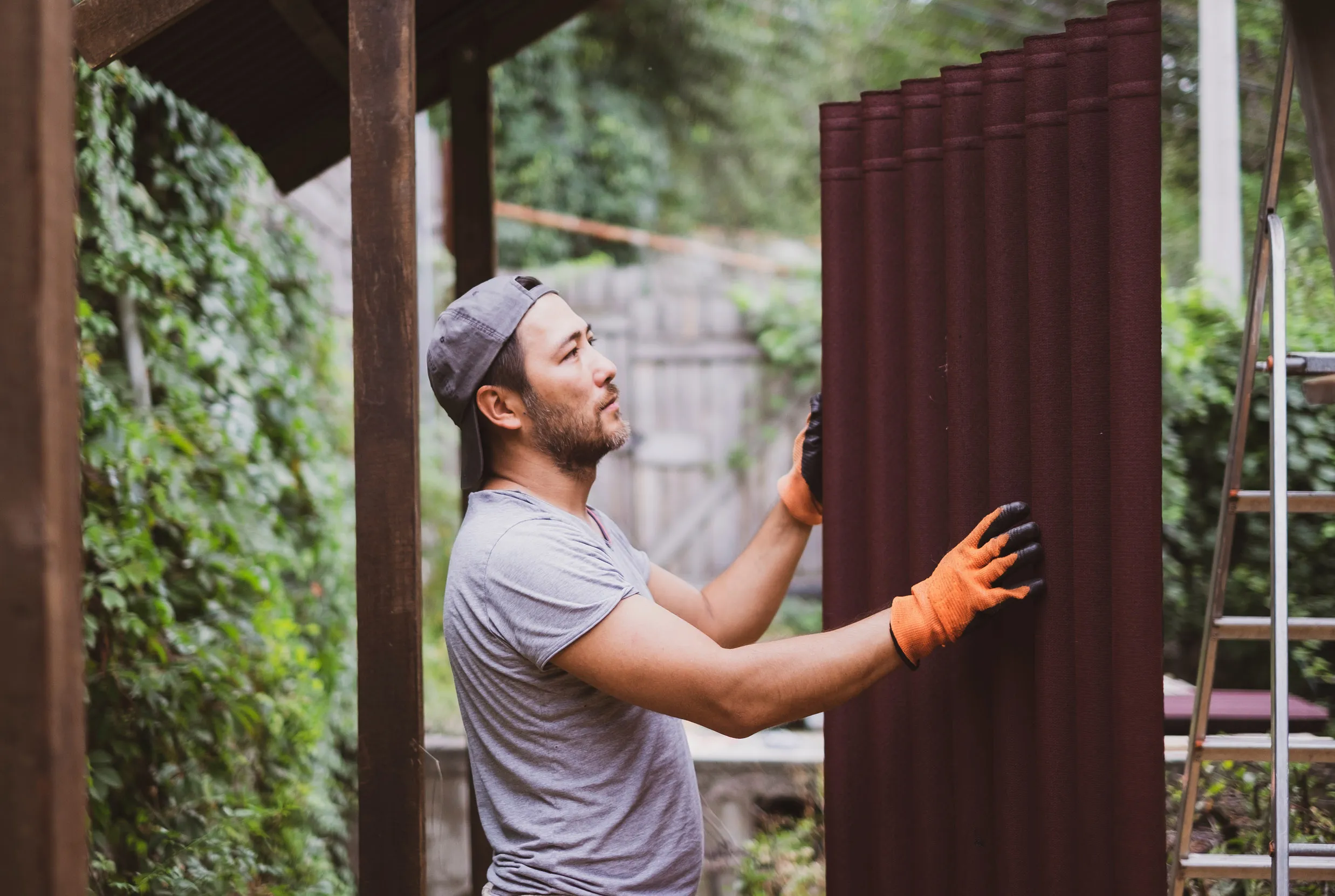How to attract Slow-worms and other reptiles
Create a safe hotspot for Slow-worms and lizards to stay warm.

Reptiles are cold-blooded creatures that need to use the heat of their environment to become active. Adding a sunbed for Slow-worms and other reptiles is a great way to encourage them into your garden.
You can make your sunbed at any time, but it's best to have it ready for spring when Slow-worms emerge after the winter.
Check under the sheet from spring to autumn (don't do it too often). Tiptoe up to the sheet, as any lizards you have may sit on top of the sheet. Then gently lift it using the handle.
It's easy to do and kids will love to peer underneath. If your garden is near heaths or rough grassland, you might even see rare Adders.
Instructions
Choose your cover for your sunbed.
It’s best to use a corrugated sheet, which has space for reptiles to move under.
Onduline is a great choice – it's a roofing material coated in bitumen and available from most DIY stores. This dark tar helps it warm up quickly, even in weak sunshine.
You can use corrugated iron, but be careful as it rusts and can be sharp for little hands.
A cheaper alternative is a square of dark carpet tile, but the lack of corrugations mean that reptiles can't get under it easily.
Choosing your size
A good size for a reptile sunbed is about 1m x 1m. Onduline tends to come in sheets of 1m x 2m for about £20, so buy one and cut in half.
Don't try sawing it – the tar will catch in the teeth. Instead, measure a line down the middle and use a sharp Stanley knife.
